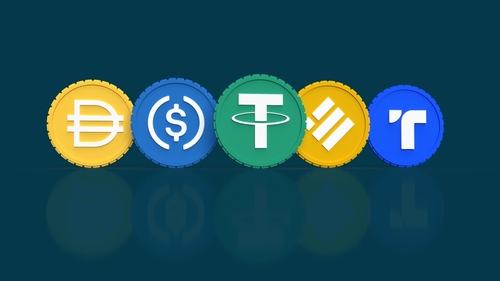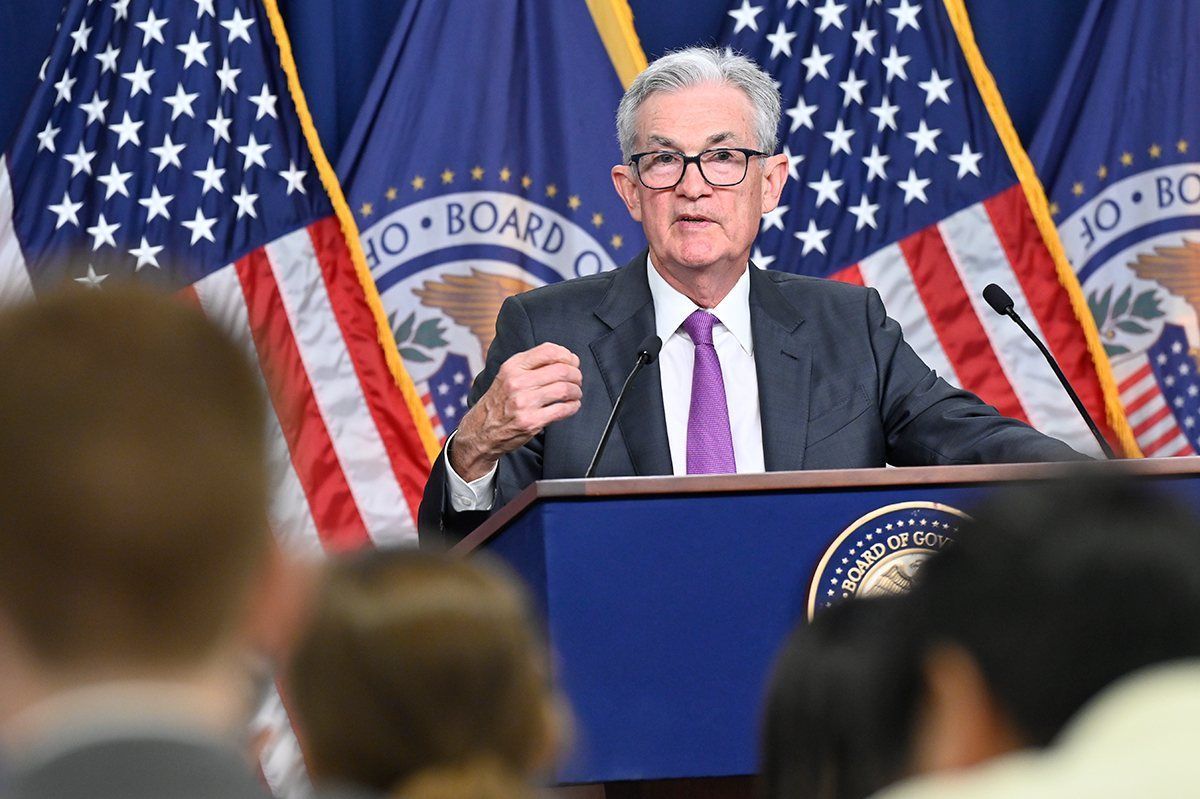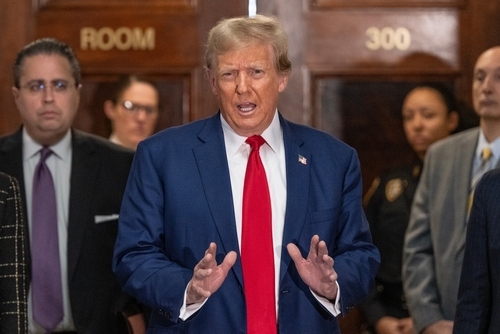Tesla Q2 Earnings: Investors Sell Off as Stock Drops 9% — But Wall Street Sees a Buying Opportunity?

TradingKey - After Tesla released its Q2 2025 earnings, a clear divide emerged between investors and Wall Street analysts. Following CEO Elon Musk’s confirmation of negative impacts from Trump’s tariffs and his warning of “difficult quarters ahead,” Tesla’s stock plunged nearly 9% in early trading on Thursday, July 24.
A Mixed Earnings Report
Tesla delivered a mixed performance. Revenue fell 12% year-on-year, the largest decline in at least ten years, and both revenue and profit missed expectations. However, there were positive highlights: non-GAAP gross margin improved to 17.2% from 16.3% in Q1, the energy storage segment achieved record gross profit, and the company confirmed that its new affordable vehicle will begin volume production in the second half of 2025.
Musk acknowledged that with the end of EV tax credits and rising tariff pressures, Tesla is entering a “transition period” and may face several tough quarters ahead.
On July 24, Tesla’s stock stayed down around 9%, trading at $301. Meanwhile, the Nasdaq and S&P 500 continued to climb toward new highs, rising 0.18% and 0.19% respectively.
Wall Street Focuses on Long-Term Growth
Despite the sell-off, many analysts remain optimistic about Tesla’s long-term potential. According to FactSet, at least six analysts raised their price targets after the earnings release, while only three lowered theirs.
TradingKey analyst Viga Liu noted that price reductions and shrinking regulatory credit contributions continue to pressure profitability, highlighting near-term headwinds. Yet, Tesla’s strategic shift is clear: accelerating energy storage deployments, advancing Full Self-Driving and robotaxi initiatives, and gearing up affordable vehicle production signal a purposeful move toward a more diversified and innovation-driven model.
Wedbush Securities’ Dan Ives, a long-time Tesla bull, noted that while the EV market is challenging due to softening demand, Tesla’s vision of bringing autonomous ride-hailing to half of Americans by year-end remains exciting.
On the 89% year-on-year drop in free cash flow, Ives offered a different view: it shows Tesla is reinvesting heavily in AI, robotics, and battery technology — areas that will define its future.
Mikey Legg, an analyst at Benchmark, downplayed near-term risks from tariffs and the end of tax credits. He pointed out that Tesla has $37 billion in cash and investments, more than enough to fund the development of FSD, Robotaxi, Optimus humanoid robots, and its in-house AI chips.
Legg urged investors to look beyond short-term challenges and focus on the major opportunities ahead, including the H2 launch of a more affordable car, meaningful Robotaxi revenue expected by late 2026, and the long-term goal of mass-producing humanoid robots.
Not all analysts are convinced. William Stein, an analyst at Truist Securities, noted that Tesla provided very little detail on its most critical plans. As a result, confidence in its targets relies more on imagination than on concrete, data-driven roadmaps.







